In the early 2000s, I became really interested in Crested geckos.
I had been fascinated by these captivating reptiles for years, and my interest in them had only grown stronger.
When I was a teenager, I fell in love with these charming creatures. Now, as a mother of two adorable babies, Crested geckos are not only my lifelong friends but also my daily companions.
That’s why, in this guide, I’ll explain how to care for your Crested gecko and even provide you with a complete PDF book.
Let’s dive in…
What You Have To Keep in Mind When Caring for Your Crested Gecko?
- Never expose your crested gecko to extreme temperatures.
- Never overfeed or underfeed your crested gecko.
- Never handle your crested gecko roughly or excessively.
- Never use unsafe or inappropriate substrates, plants, or decorations in the enclosure.
Anyway, here is a checklist on how to take care of your reptile:
1) Housing
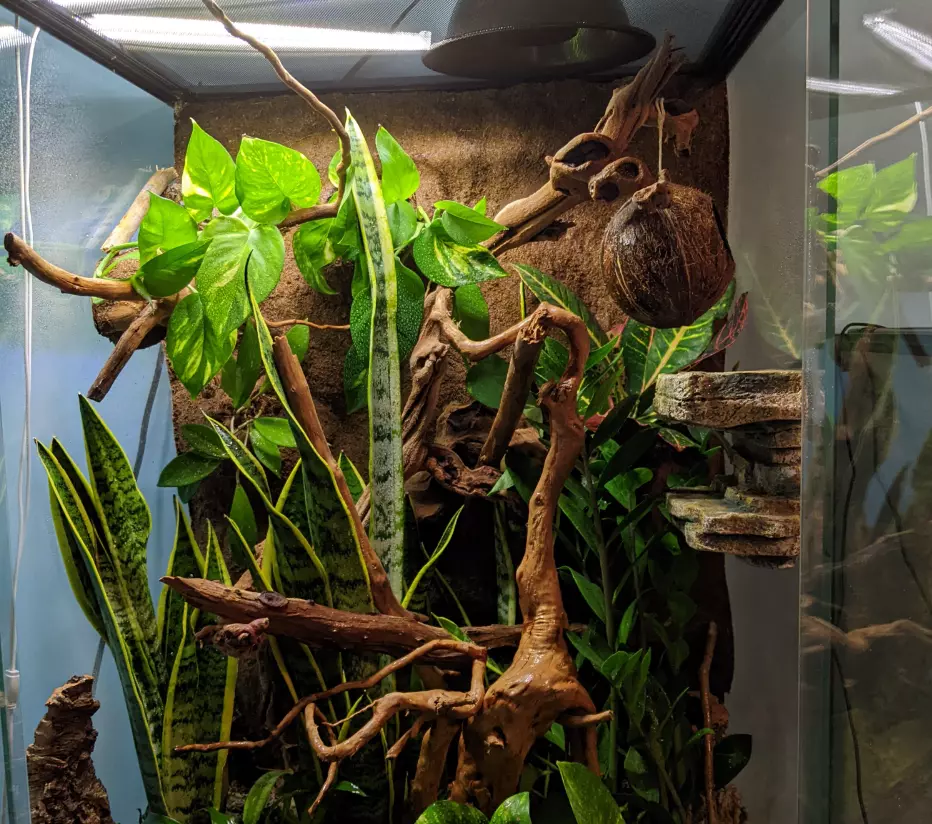
The size of the home depends on how many geckos you have and how big they are.
As a general rule, I provide at least 10 gallons of space for each adult gecko.
You can use a glass or plastic tank with a secure mesh top, or you can choose a reptile terrarium made specifically for them.
Inside the enclosure, use materials that are easy to clean, like paper towels, reptile carpet, or coco fiber.
To make it cozy, add artificial or live plants such as pothos, philodendrons, or bromeliads for hiding spots and to maintain humidity levels.
Include branches, vines, or cork bark for them to climb and explore.
Also make sure to include a hiding place, like a coconut shell or a cardboard box, for daytime rest.
Read Also: Best Substrate For Crested Gecko
2) Lighting and Temperature
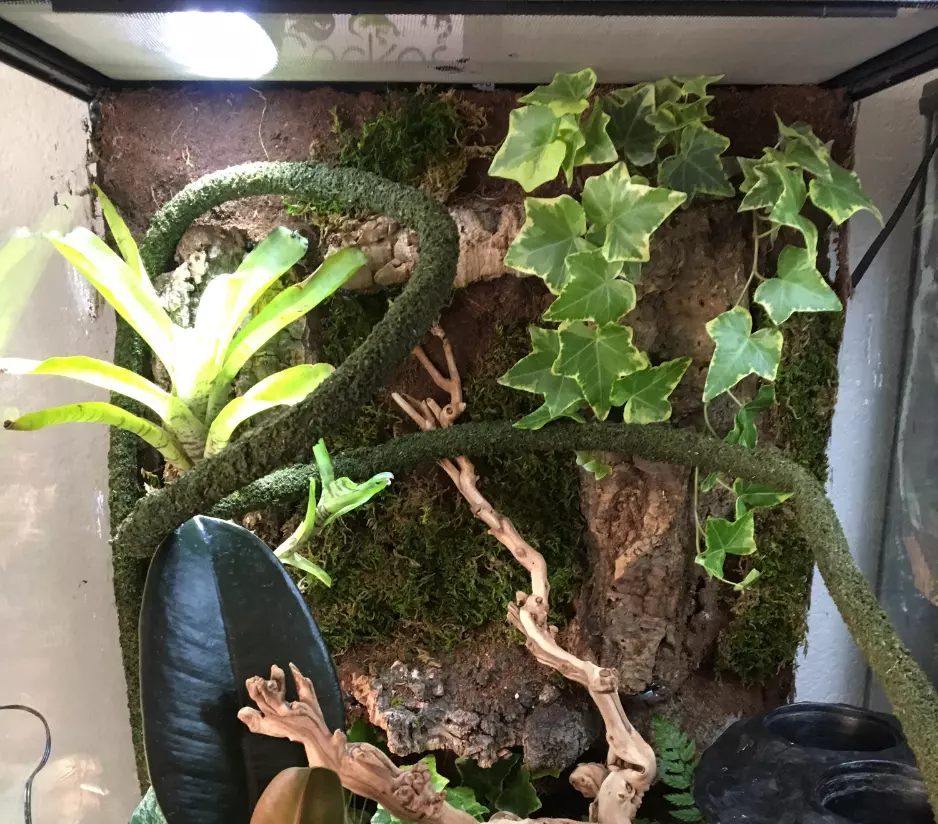
Crested geckos are night owls, so they don’t need special lighting.
However, you can use a low-wattage incandescent UVB bulb or a ceramic heat emitter to create a day-night cycle and a warm spot for them.
I usually place the bulb or emitter on one side of the enclosure to create a temperature gradient that allows them to regulate their body temperature by moving between warmer and cooler areas.
The ideal temperature range for crested geckos is 78 to 82 degrees Fahrenheit during the day and 70 to 75 degrees Fahrenheit at night.
Avoid temperatures above 87 degrees Fahrenheit or below 60 degrees Fahrenheit. Because too low or too high temperature can stress your geckos. You can use a thermometer to keep an eye on the temperature.
3) Water and Humidity
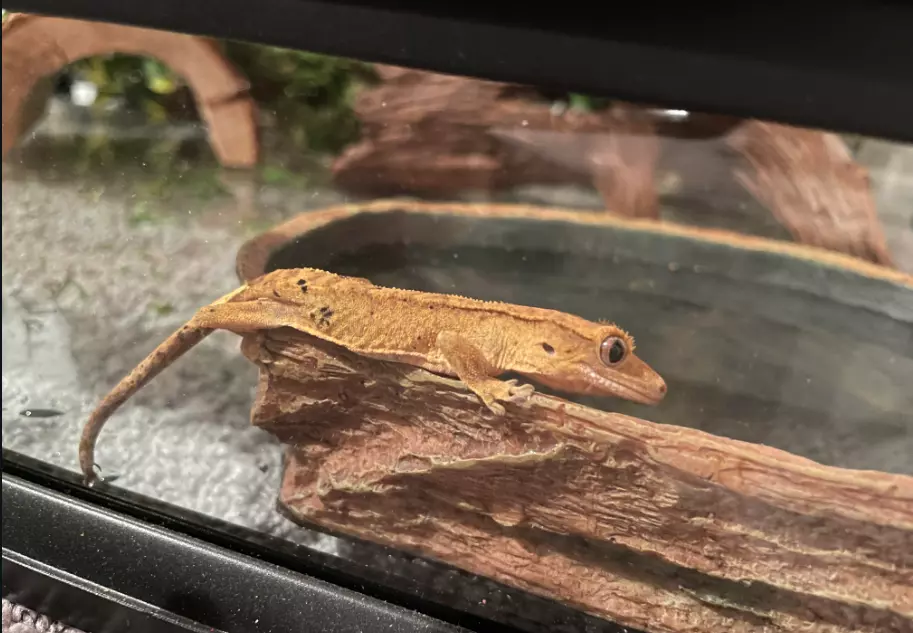
Crested geckos need high humidity levels of 60 to 80 percent to stay hydrated and shed properly.
To keep the humidity level as mentioned, mist the enclosure twice daily with dechlorinated water and provide a shallow water dish, and change the water daily.
Keep an eye on humidity with a hygrometer and ensure good ventilation to prevent mold.
If it’s too dry, add more plants or use a humidifier. If it’s too humid, mist less, use a fan, or remove some substrate and plants.
4) Diet and Feeding
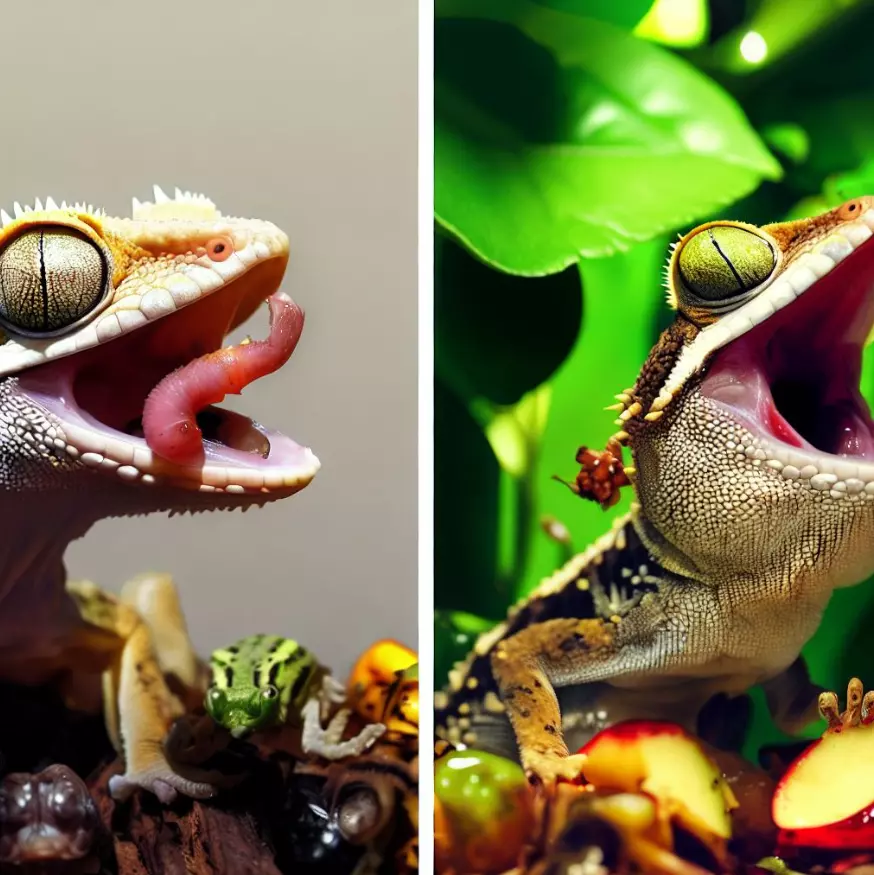
Crested geckos need a mix of plants and animals to stay healthy.
When they’re pets, give them a high-quality crested gecko diet (CGD) from trusted brands like Repashy, Pangea, or Zoo Med. Sometimes, you can add live insects like crickets, roaches, or mealworms.
Just make sure to sprinkle calcium powder on them for essential nutrients.
Feed them every other day and remove any uneaten food within 24 hours to keep their home clean and safe.
You can occasionally give them fresh fruits like bananas, mangoes, papayas, or berries as a special treat.
But stay away from dairy, citrus fruits, chocolate, or processed foods because these can harm your pet.
For the best nutrition and a well-rounded diet, combine commercial crested gecko food with live insects or fruits.
5) Handling
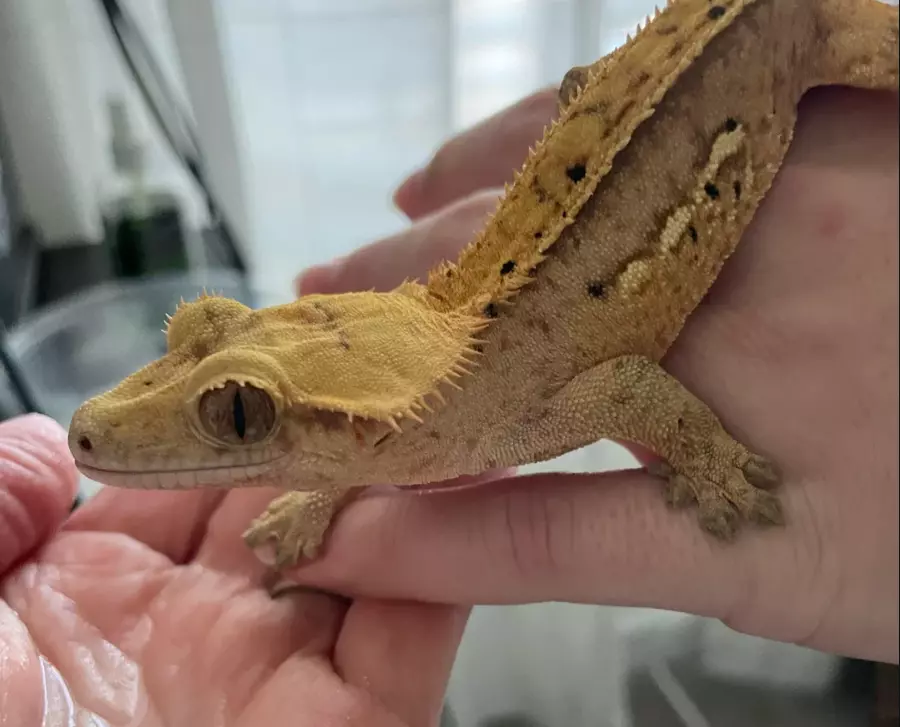
Crested geckos are usually calm but can be jumpy.
When you hold your crested gecko, be gentle and careful, and don’t grab or squeeze it. Keep the handling time short, around 20 minutes a day, as too much handling can stress them out.
To pick up your gecko, place one hand under its belly and lift it gently.
Let it walk from one hand to the other while supporting its body.
Never pull its tail, as it can break off as a defense move, and it won’t grow back. Before and after handling your gecko, remember to wash your hands to prevent the spread of diseases or parasites.

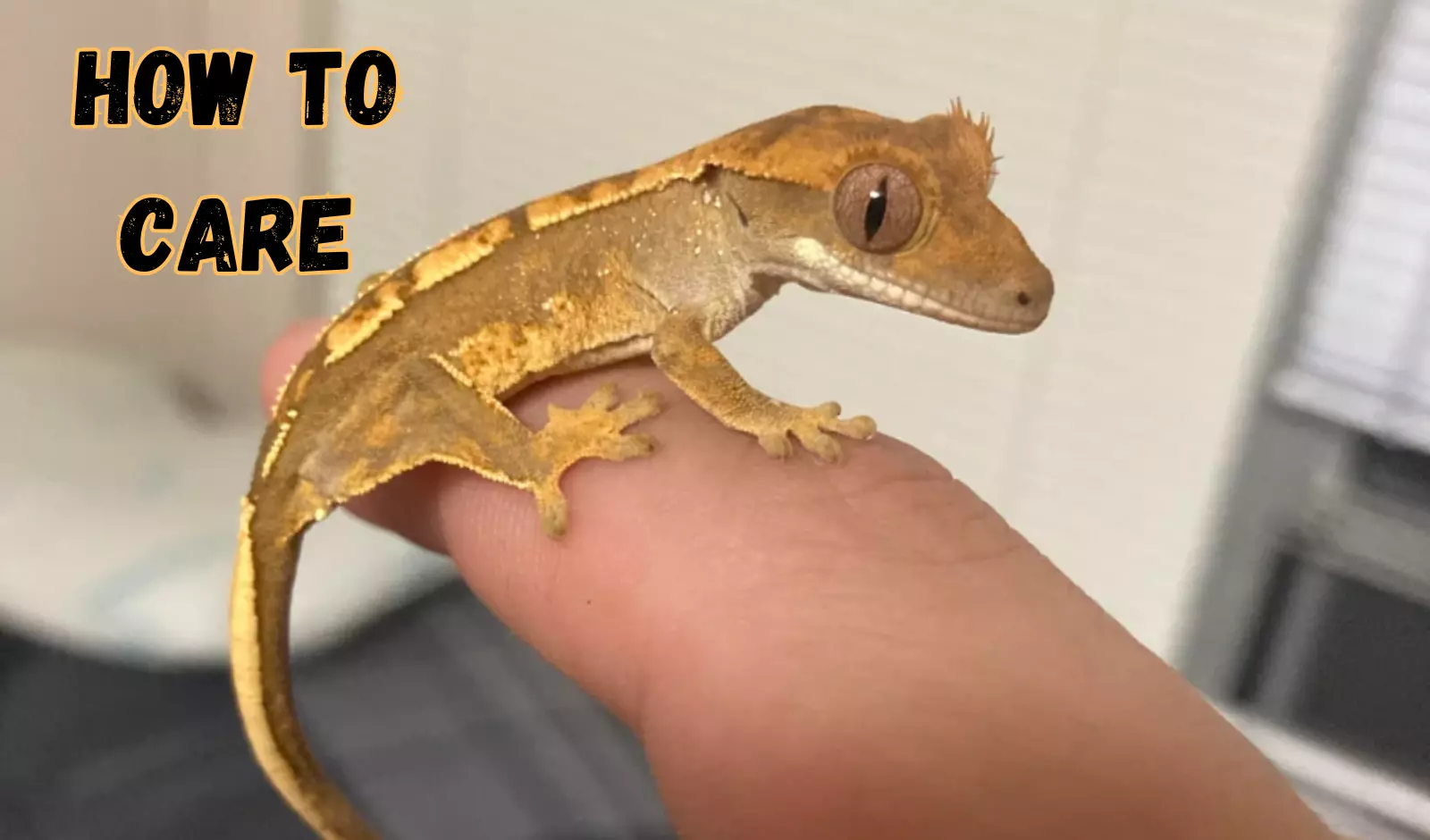
[…] each adult gecko an enclosure of at least 20 gallons (75 […]